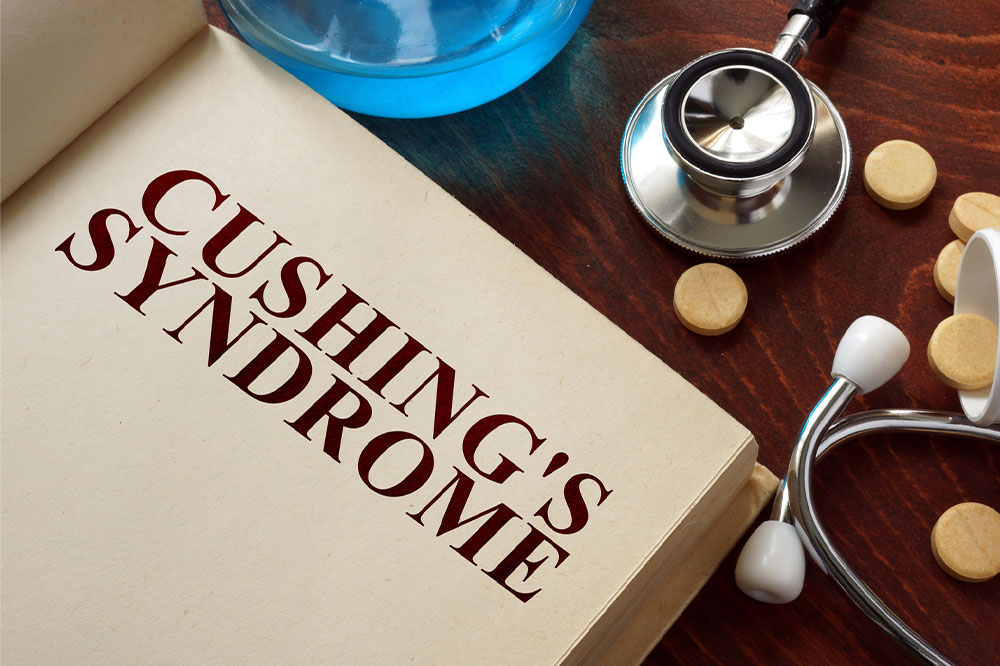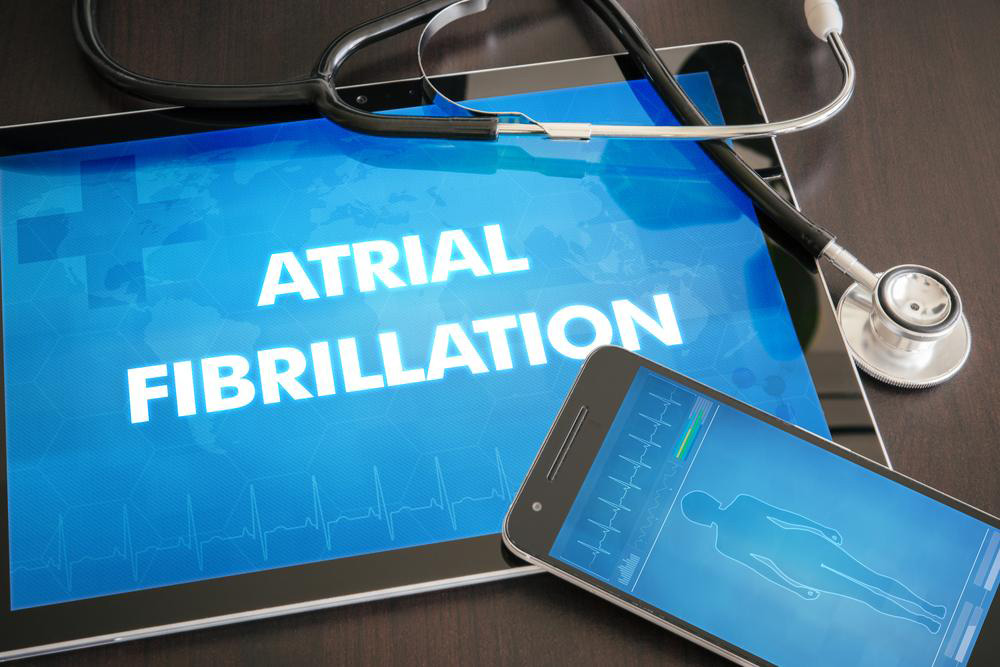Comprehensive Guide to Feline Cushing's Disease: Signs, Diagnosis, and Treatment Strategies
This comprehensive guide explains feline Cushing's disease, highlighting its symptoms, diagnostic procedures, and treatment options. Early detection and veterinary consultation are crucial for managing this condition. The article covers surgical and non-invasive therapies, emphasizing the importance of professional guidance to ensure optimal results for affected cats.

Comprehensive Guide to Feline Cushing's Disease: Signs, Diagnosis, and Treatment Strategies
Cushing's disease, also called Cushing's syndrome, affects cats when their adrenal glands produce too much cortisol. While cortisol helps maintain essential bodily functions, excessive amounts can cause health problems. Pet owners should be alert to potential symptoms and consult veterinarians promptly. This article covers key signs, diagnostic procedures, and treatment options for managing Cushing's disease in cats.
Key Symptoms to Recognize
Many symptoms mirror other conditions, making diagnosis tricky. Pet owners should seek veterinary advice if their cat experiences:
Rapid or Heavy Breathing
Normal breathing varies with activity, but persistent rapid or labored breathing not linked to activity or heat may indicate Cushing's. Consultation is recommended if breathing issues persist.
Increased Drinking and Urination
Cats may start drinking more water and urinating frequently. These signs may lead to accidents or indicate underlying health concerns, requiring veterinary evaluation to determine if Cushing's is the cause.
Abdominal Swelling
Excess cortisol can cause increased appetite and a distended abdomen due to liver enlargement or fluid retention. Ultrasound exams might be necessary for accurate diagnosis.
Thinning Fur and Skin Fragility
High cortisol levels can weaken skin, leading to easy bruising, slow healing, and hair loss. Additional symptoms may include behavioral changes, elevated blood pressure, and recurrent infections.
Symptoms develop gradually and vary among individual cats.
Diagnostic Methods
Diagnosis involves a combination of blood tests and imaging:
Blood Tests
Blood work may reveal elevated liver enzymes, cholesterol, and decreased BUN levels associated with Cushing's.
Ultrasound Scans
Ultrasounds evaluate adrenal glands, kidneys, and liver for abnormalities or tumors, aiding in diagnosis.
Additional tests like the Low-Dose Dexamethasone Suppression Test (LDDST) and ACTH stimulation test help confirm the condition in individual cases.
Managing Feline Cushing's
While there is no universal cure, treatment options depend on severity and cause. Common methods include surgery and radiation:
Surgical Treatment
Adrenal tumors may be surgically removed if identified. Benign tumors often lead to a cure. Pituitary tumors are more difficult to access, and due to slow healing, veterinarians may prefer alternative therapies.
Radiation Therapy
This treatment targets tumors in the pituitary gland, reducing their size. It can improve neurological symptoms and prognosis. The process involves several sessions over weeks and may cause side effects like skin or fur color changes near the area.
In serious cases, vets might recommend supportive therapies such as acupuncture, tailored diets, and herbal remedies to bolster health during treatment.
Important Reminder:
The information shared is for educational purposes only and does not substitute professional veterinary advice. If your cat shows any discussed symptoms, consult a veterinarian promptly. Treatment should always be tailored by a qualified vet to ensure the best health outcomes for your pet.


